- The Beginner’s Guide to Jasper Plant Care
- Choosing the Right Location for Your Jasper Plant
- 1. Light Exposure
- 2. Temperature
- 3. Humidity
- 4. Air Circulation
- 5. Space Requirements
- Proper Soil and Potting Mix for Jasper
- Characteristics of an Ideal Potting Mix for Jasper
- DIY Jasper Potting Mix Recipe
- Choosing the Right Container for Jasper
- Watering and Humidity Requirements for Jasper
- Watering:
- Humidity:
- Lighting Needs for Your Jasper Plant
- 1. Bright Indirect Light
- 2. East or West-Facing Window
- 3. Adequate Light Duration
- 4. Monitor Light Intensity
- Fertilizing Your Jasper Plant
- 1. Choose the Right Fertilizer
- 2. Follow the Instructions
- 3. Fertilize During the Growing Season
- 4. Apply Fertilizer Sparingly
- 5. Water Before and After Fertilizing
- 6. Watch for Signs of Over-Fertilization
- 7. Adjust Fertilizer Application Based on Plant Needs
- Pruning and Propagation Techniques for Jasper
- Pruning:
- Propagation:
- Common Pest and Disease Issues with Jasper
- Pests:
- Diseases:
- Questions and Answers:
- What is Jasper and why is it popular among gardeners?
- How should I care for my Jasper plant?
- Can Jasper plants survive in low light conditions?
- How often should I repot my Jasper plant?
- Can Jasper plants be propagated?
- Are Jasper plants toxic to pets?
- Are there any common pests or diseases that affect Jasper plants?
- Videos: GENIUS IDEAS FOR YOUR HOME GARDEN
If you’re a gardening enthusiast looking for a plant that is not only visually appealing but also easy to care for, then Jasper is the perfect choice for you. With its vibrant colors and unique patterns, Jasper can add an element of beauty to any garden or indoor space. In this article, we will explore the cultivation and care tips for this stunning plant.
Cultivation: Jasper is a member of the succulent family, which means it thrives in dry and arid conditions. When cultivating Jasper, it is important to provide it with well-draining soil that allows excess moisture to escape. This will prevent the roots from becoming waterlogged and potentially rotting. Additionally, Jasper enjoys bright but indirect sunlight, so make sure to place it in a location where it can receive plenty of light without being directly exposed to the sun’s rays.
Care Tips: One of the key factors in caring for Jasper is proper watering. While it is a succulent and can withstand periods of drought, it is important to give it a good soak when watering. This means thoroughly saturating the soil and allowing the excess water to drain out. However, it is equally important to let the soil dry out between waterings to avoid overwatering. Overwatering can lead to root rot and ultimately the demise of the plant.
“Jasper is known for its ability to tolerate neglect, making it a great choice for busy gardeners. However, it is still important to monitor its condition and provide it with the necessary care.”
In terms of fertilization, Jasper does not require excessive feeding. A well-balanced liquid fertilizer can be applied once every few months during the growing season to promote healthy growth. However, be cautious not to over-fertilize, as this can lead to leaf burn or an overabundance of growth that may make the plant top-heavy.
In conclusion, if you’re looking for a low-maintenance plant that will add a splash of color to your garden or indoor space, consider cultivating Jasper. With its stunning patterns and easy care requirements, it is sure to be a delightful addition to any collection.
The Beginner’s Guide to Jasper Plant Care
- Overview: The Jasper plant, also known as Crassula Arborescens, is a popular succulent that is native to South Africa. It is characterized by its vibrant green leaves and unique branching structure. This guide will provide you with the essential care tips to help you keep your Jasper plant thriving.
- Light: Jasper plants require plenty of bright, indirect sunlight. Place your plant near a window that receives at least 4-6 hours of sunlight per day. Avoid direct sunlight as it can scorch the leaves.
- Watering: It’s important to water your Jasper plant thoroughly, allowing the soil to dry out between waterings. During the active growing season (spring and summer), water your plant when the top inch of soil feels dry. In the dormant season (fall and winter), reduce watering and only water when the soil has completely dried out.
- Soil: Jasper plants prefer well-draining soil that is specifically formulated for succulents and cacti. Avoid using regular potting soil as it retains too much moisture, which can lead to root rot.
- Fertilizer: Feed your Jasper plant once a month during the active growing season with a balanced liquid fertilizer diluted to half strength. Be sure to follow the instructions on the fertilizer packaging for proper application.
- Temperature and Humidity: Jasper plants thrive in average room temperatures between 60-75°F (15-24°C). They can tolerate slightly cooler temperatures during the dormant season. They prefer low humidity levels, so avoid placing them in areas with high humidity, such as bathrooms.
- Pruning: Pruning is not often necessary for Jasper plants. However, if your plant becomes leggy or unruly, you can trim back the branches to maintain a more compact shape. Use clean pruning shears and make cuts just above a node or leaf joint.
- Pests and Diseases: Jasper plants are generally resistant to pests and diseases. However, overwatering can lead to root rot and fungal diseases. Avoid overwatering and ensure proper drainage to prevent these issues.
By following these care tips, you can enjoy a healthy and thriving Jasper plant in your home or garden. Remember to observe your plant and make adjustments to your care routine as needed. Happy gardening!
Choosing the Right Location for Your Jasper Plant
When it comes to growing a healthy and thriving jasper plant, choosing the right location is crucial. The proper amount of sunlight, temperature, and moisture can significantly impact the growth and development of your jasper plant. Here are some essential factors to consider when selecting the location for your jasper plant:
1. Light Exposure
Most jasper varieties thrive in bright, indirect sunlight. While they can tolerate some shade, it’s essential to provide them with adequate light for optimal growth. Place your jasper plant in a location that receives filtered or partially shaded sunlight throughout the day. Avoid direct sunlight, as it can scorch the leaves and cause damage.
2. Temperature
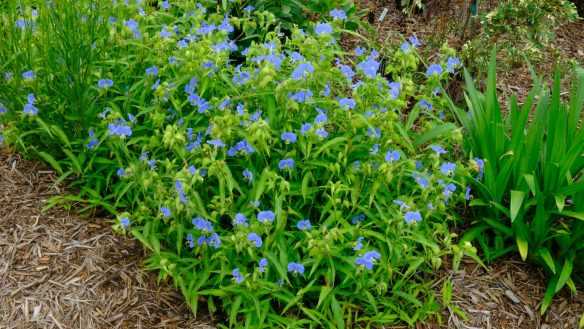
Jasper plants prefer moderate temperatures between 60°F (15°C) and 75°F (24°C). Avoid exposing your plant to extreme temperature fluctuations, drafts, or cold drafts from heating or air conditioning units. Keep your jasper plant away from open windows during cold winter months or excessively hot areas during the summer.
3. Humidity
Jasper plants enjoy humidity levels between 40% and 60%. To create a suitable environment for your jasper plant, consider placing a humidifier nearby or misting the leaves regularly with room-temperature water. This will help to mimic their natural tropical habitat and prevent dryness and leaf browning.
4. Air Circulation
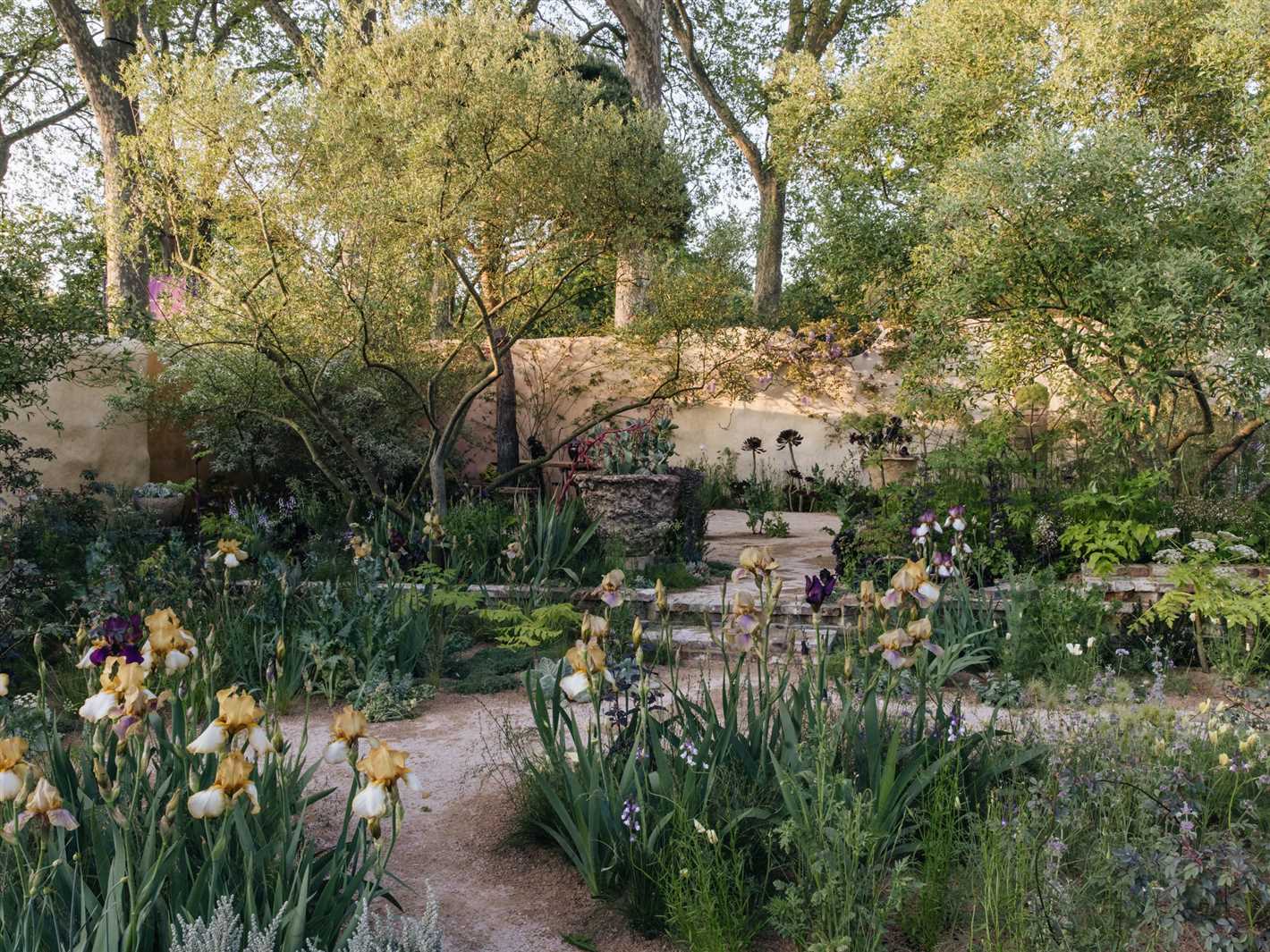
Proper air circulation is essential for the health of your jasper plant. Avoid placing it in overly crowded spaces or near sources of heat, such as radiators or ovens. Good air circulation will help prevent the build-up of stagnant air, reducing the risk of pests and diseases.
5. Space Requirements
Choose a location that provides enough space for your jasper plant to grow and spread its foliage. These plants can grow to be quite bushy, so allow enough room for proper ventilation and growth. Consider the mature size of your jasper plant and leave ample space around it for easy maintenance.
Remember, each jasper plant variety may have specific preferences for light, temperature, and humidity. It’s always a good idea to research the specific requirements of your jasper plant variety to ensure optimal growing conditions.
Proper Soil and Potting Mix for Jasper
Jasper plants require well-draining soil to thrive. It is important to choose a soil mixture that provides good aeration and moisture retention. A potting mix specifically formulated for cacti and succulents works best for Jasper plants.
Characteristics of an Ideal Potting Mix for Jasper
- Loose and well-aerated
- Fast-draining
- Low in organic matter
- pH-neutral
Jasper plants are native to arid regions, so it is crucial to avoid using soil mixtures that retain too much moisture. Excessive moisture can lead to root rot and other problems.
DIY Jasper Potting Mix Recipe
Here is a simple recipe to create your own potting mix for Jasper plants:
- Mix equal parts of perlite, coarse sand, and well-draining potting soil.
- Add a small amount of pumice or small pebbles to further enhance drainage.
- Optionally, you can include a small amount of a succulent-specific fertilizer to provide essential nutrients.
Remember to sterilize the potting mix before using it to ensure it is free from pests and diseases.
Choosing the Right Container for Jasper
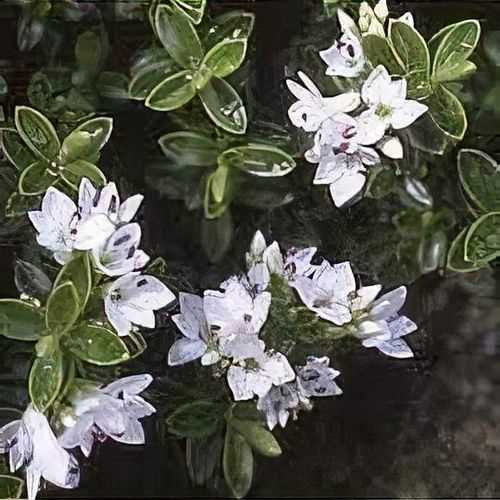
Jasper plants are typically grown in containers. When selecting a pot for your Jasper, make sure it has drainage holes at the bottom to prevent water from stagnating. A container made of porous material, such as terracotta, helps to absorb excess moisture and promotes airflow to the roots.
| Container Considerations | Advantages | Disadvantages |
|---|---|---|
| Terracotta | Good airflow, absorbs excess moisture, affordable | May dry out soil faster, can break if dropped |
| Plastic | Retains moisture, lightweight, durable | Poor airflow, can cause waterlogging if no drainage holes |
| Ceramic | Stylish, sturdy | Can be expensive, may lack proper drainage |
Consider your specific growing conditions and watering habits when choosing a container. Remember that it’s better to underwater than overwater your Jasper plant.
Watering and Humidity Requirements for Jasper
Proper watering and humidity levels are crucial for the health and vitality of the Jasper plant. Here are some essential tips to help you meet its watering and humidity requirements:
Watering:
- Water your Jasper plant thoroughly, allowing the water to drain out from the bottom of the pot. Ensure that the soil is evenly moist.
- Avoid over-watering, as excessive moisture can lead to root rot. Always check the moisture level of the soil before watering.
- It’s best to water the plant when the top inch of the soil feels dry to the touch. This will prevent waterlogged conditions.
- During the warmer months or when the plant is actively growing, you may need to water more frequently. Adjust your watering schedule accordingly.
Humidity:
- Jasper plants prefer high humidity levels. Consider placing the plant in a well-lit bathroom or using a humidifier to increase humidity around the plant.
- Misting the leaves with water can also help increase humidity, especially during dry winter months when indoor humidity levels tend to be lower.
- Avoid placing the plant near drafts or air conditioning vents, as these can cause rapid moisture loss and hinder proper growth.
By following these watering and humidity guidelines, you can ensure that your Jasper plant thrives and remains healthy.
Lighting Needs for Your Jasper Plant
The Jasper plant, also known as Crassula ovata, is a succulent that is native to South Africa. It is a popular houseplant choice due to its unique appearance and low maintenance requirements. One important factor to consider when caring for a Jasper plant is its lighting needs.
1. Bright Indirect Light
Jasper plants thrive in bright indirect light conditions. It is best to place your plant near a window that receives bright, indirect sunlight for most of the day. Avoid placing it in direct sunlight as the intense rays can cause sunburn and damage the leaves.
2. East or West-Facing Window
An east or west-facing window is ideal for a Jasper plant, as these provide the right amount of light without exposing the plant to direct sunlight for extended periods. If you only have south-facing windows, consider placing your plant a few feet away from the window to prevent it from receiving direct sunlight.
3. Adequate Light Duration
Jasper plants require approximately 6-8 hours of light each day. If your chosen location does not receive enough natural light, you can supplement it with artificial lighting. Place a grow light or fluorescent lamp about 12 inches above the plant to provide the necessary light for proper growth.
4. Monitor Light Intensity
It is important to monitor the intensity of the light your Jasper plant receives. If the leaves start to turn pale or yellowish, it may indicate that the plant is not receiving enough light. On the other hand, if the leaves turn brown or develop brown spots, it may be an indication of too much direct sunlight.
By providing the right amount and intensity of light, you can ensure that your Jasper plant thrives and grows healthily. Remember to experiment with different locations to find the perfect spot that meets the lighting needs of your plant.
Fertilizing Your Jasper Plant
Fertilizing your Jasper plant is an important part of its care routine. Here are some tips to help you keep your plant healthy and thriving:
1. Choose the Right Fertilizer
When fertilizing your Jasper plant, it’s important to choose the right type of fertilizer. Look for a balanced, all-purpose fertilizer that contains equal amounts of nitrogen, phosphorus, and potassium.
2. Follow the Instructions
Before applying any fertilizer, read and follow the instructions on the package carefully. Different fertilizers have different concentrations and application rates, so it’s important to use the right amount to avoid over-fertilization.
3. Fertilize During the Growing Season
The best time to fertilize your Jasper plant is during the growing season, which is typically spring and summer. This is when the plant is actively growing and needs extra nutrients to support its growth.
4. Apply Fertilizer Sparingly
When applying fertilizer, it’s better to err on the side of caution and apply it sparingly. Over-fertilizing can lead to nutrient burn and damage the plant’s roots. Start with a small amount and gradually increase as needed.
5. Water Before and After Fertilizing
Before applying fertilizer, make sure the soil is moist. This will help prevent the roots from burning. After fertilizing, water the plant thoroughly to help distribute the nutrients throughout the soil.
6. Watch for Signs of Over-Fertilization
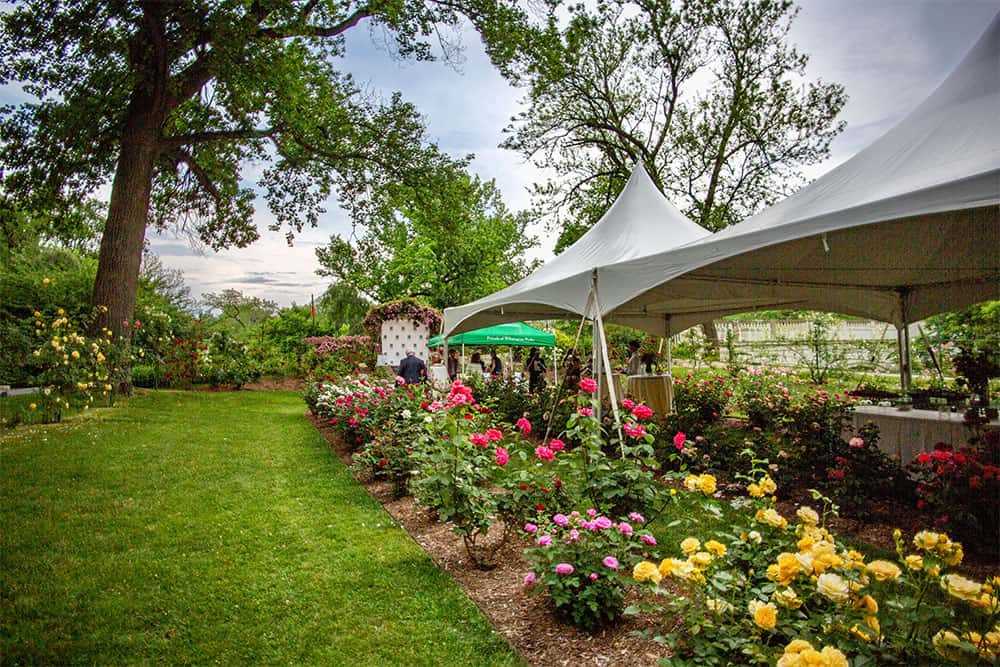
Keep an eye out for signs of over-fertilization, such as wilting, yellowing leaves, or stunted growth. If you notice any of these signs, stop fertilizing and flush the soil with water to remove any excess nutrients.
7. Adjust Fertilizer Application Based on Plant Needs
Pay attention to your Jasper plant’s needs and adjust the fertilizer application accordingly. If the plant is showing signs of slow growth or nutrient deficiencies, you may need to increase the frequency or concentration of the fertilizer.
By following these tips, you can ensure that your Jasper plant receives the right nutrients and remains healthy and vibrant.
Pruning and Propagation Techniques for Jasper
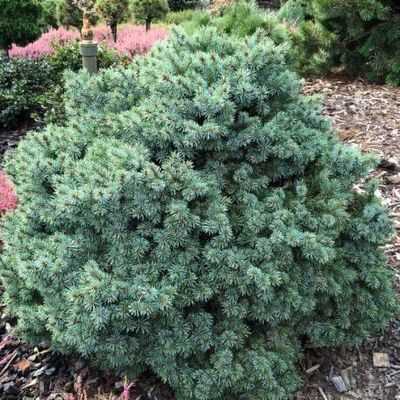
Pruning and propagation are important techniques in maintaining the health and vigor of your Jasper plants. Proper pruning promotes growth and rejuvenation, while propagation allows you to expand your collection or share your plants with others. Here are some tips to help you with both of these techniques:
Pruning:
- Timing: Pruning is best done in the spring or early summer when the plant is actively growing.
- Tools: Use clean and sharp pruning shears or scissors to prevent any damage or disease transmission.
- Removing damaged or dead leaves: Regularly inspect your Jasper plants and remove any damaged or dead leaves by cutting them at the base.
- Encouraging branching: To promote a bushier growth habit, pinch or cut back the tips of the stems. This will encourage branching and lead to a fuller appearance.
- Removing leggy growth: If you notice long and leggy stems, prune them back to the desired length. This will help maintain a compact and attractive shape.
Propagation:
- Stem cuttings: One of the easiest ways to propagate Jasper is through stem cuttings. Take a cutting that has at least two nodes and remove the lower leaves. Dip the cut end in rooting hormone and plant it in a well-draining potting mix. Keep the soil consistently moist until roots develop.
- Division: If your Jasper has multiple stems or clumps, you can divide the plant and separate them into individual sections. Each section should have its own roots and stems. Plant the divisions in separate containers or in the ground.
- Leaf cuttings: Another propagation method involves taking leaf cuttings. Gently remove a healthy leaf from the plant and place it in a well-draining potting mix. Firmly press the leaf into the soil and keep it slightly moist. It will eventually produce new plantlets.
- Air layering: This method involves creating a small wound on a stem and wrapping it with moist sphagnum moss or a rooting medium. After a few weeks, roots will develop at the wound site. Once roots have formed, cut the stem below the rooted section and plant it in a separate container.
By practicing proper pruning and propagation techniques, you can ensure the health and vitality of your Jasper plants. Experiment with different methods to find the one that works best for you and enjoy expanding your collection of these beautiful plants.
Common Pest and Disease Issues with Jasper
Despite its hardiness, Jasper plants can still be vulnerable to a variety of pests and diseases. Here are some common issues you may encounter and how to deal with them:
Pests:
- Aphids: These small insects feed on the sap of the plant and can cause wilting and stunted growth. You can control aphids by spraying a mixture of soapy water onto the infected areas or using insecticidal soap.
- Scale insects: These pests attach themselves to the leaves and stems, sucking out the plant’s sap. If you notice small, waxy bumps on your Jasper plant, you may have a scale infestation. Use a cotton swab dipped in rubbing alcohol to remove them.
- Spider mites: These tiny pests are hard to see but can cause yellowing leaves and webbing on the plant. To get rid of spider mites, regularly spray your Jasper plant with water to increase humidity and remove any affected leaves.
Diseases:
- Leaf spot: Leaf spot is a common fungal disease that causes brown or black spots to appear on the leaves. To prevent leaf spot, avoid overhead watering and remove any infected leaves. Fungicides can also be used in severe cases.
- Root rot: Overwatering or poorly-drained soil can lead to root rot, which causes the roots to become mushy and discolored. To prevent root rot, make sure the soil is well-drained and water your Jasper plant sparingly.
- Powdery mildew: Powdery mildew appears as a white, powdery coating on the leaves. It thrives in humid conditions. To prevent powdery mildew, ensure good air circulation around your plants. You can remove affected leaves and use a fungicide if necessary.
| Pests | Diseases |
|---|---|
| Aphids | Leaf spot |
| Scale insects | Root rot |
| Spider mites | Powdery mildew |
Questions and Answers:
What is Jasper and why is it popular among gardeners?
Jasper is a type of plant that is highly valued for its beautiful foliage and vibrant colors. It is popular among gardeners because it adds a striking visual appeal to gardens and is relatively easy to care for.
How should I care for my Jasper plant?
Jasper plants require bright, indirect light and well-draining soil. Water them thoroughly when the top inch of soil feels dry, but be careful not to overwater. They also appreciate regular misting to increase humidity. Fertilize them monthly during the growing season with a balanced liquid fertilizer diluted to half strength.
Can Jasper plants survive in low light conditions?
Jasper plants prefer bright, indirect light, but they can tolerate lower light conditions for a period of time. However, if they are kept in low light for too long, their growth may become stunted and their foliage may lose its vibrant color.
How often should I repot my Jasper plant?
You should repot your Jasper plant every 1 to 2 years, or when you notice it becoming rootbound. When repotting, choose a pot that is one size larger than the current pot and use a well-draining potting mix.
Can Jasper plants be propagated?
Yes, Jasper plants can be propagated through stem cuttings. Take a 4-6 inch cutting from a healthy plant, remove the lower leaves, and place the cutting in a small pot filled with moist potting mix. Keep the cutting in a warm and humid environment, and roots should develop within a few weeks.
Are Jasper plants toxic to pets?
Yes, Jasper plants are toxic to pets if ingested. They contain compounds that can cause irritation and digestive issues. If you have pets, it is best to keep Jasper plants out of their reach or consider choosing pet-safe plants instead.
Are there any common pests or diseases that affect Jasper plants?
Jasper plants are generally resistant to pests and diseases. However, they can occasionally be affected by mealybugs, scale insects, or fungal diseases such as powdery mildew. Regularly inspect your plants for any signs of infestation or disease, and take appropriate measures to control them if necessary.







